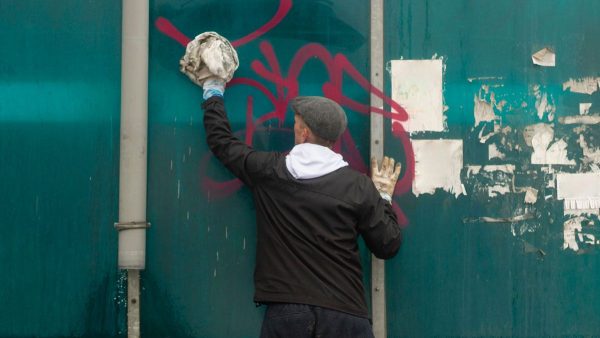Beyond cosmetics: addressing hail damage on exteriors

When hail hits our buildings, it does more than scratch or dent the surface. Hailstorms can wreak havoc on commercial exteriors. It is essential to acknowledge that the impact of hail damage goes beyond cosmetic blemishes, affecting the structural integrity of buildings.
Assessment
After a hailstorm, a thorough examination of your property is crucial. While a visual inspection is a good start, employing nondestructive testing methods such as ultrasound, infrared technology, and moisture meters can offer a deeper understanding of the damage. These tools help pinpoint areas of concern that aren’t visible to the naked eye, ensuring no damage goes unnoticed.
Utilizing advanced technology like drone imagery and 3D scanning can accurately reveal the extent of the impact of hail, aiding in creating a detailed repair roadmap and supporting insurance claims with robust documentation.
The damage
Understanding hail damage requires knowledge of how hail interacts with different building materials. The size and speed of hailstones affect the degree of damage, from minor aesthetic issues to significant structural impairments.
Hail can compromise the durability of roofing materials, break windows, and even damage the structural components of buildings. It’s important to understand the varied effects of hail to address them adequately. For example, roofing may require a complete overhaul if hail has punctured the waterproof membrane, while siding might need replacement or repair to prevent moisture from seeping into the building.
Repair
Selecting the appropriate materials and repair techniques is crucial for restoring your property. For roofing, consider impact-resistant materials that can withstand future hailstorms. Durable materials that offer aesthetic appeal and protection are ideal for windows and facades. It’s also wise to work with professionals specializing in post-hailstorm restorations to ensure high-quality repairs.
Additionally, fiber cement siding can provide a durable, aesthetically pleasing alternative to more traditional materials, offering better protection against future hail events.
Prevention and maintenance
Beyond repairs, consider strategies to minimize future hail damage. These could include installing protective barriers, such as hail screens for HVAC units, or selecting landscaping to shield the building from hail impact. Regular maintenance and inspections can also play a significant role in keeping your property in top condition, ready to withstand the next storm.
Developing a proactive maintenance schedule is crucial for long-term building integrity. This schedule should include regular inspections of the roof, exterior walls, and other vulnerable areas to identify potential weaknesses before they become serious issues. Creating a disaster response strategy with pre-vetted repair professionals and a clear communication plan can significantly reduce downtime and repair costs following hailstorms.
By taking a comprehensive approach to hail damage—from assessment through repair and then to prevention—you ensure the longevity and safety of your commercial property. This proactive stance not only protects your investment but also maintains the aesthetic and functional integrity of your building.
